A remarkable archaeological find in Kazakhstan has brought to light a social complex (Külliye) from the Western Gökturk era, providing unprecedented artifacts that enhance our understanding of ancient Turkish history. Among the most noteworthy discoveries is a gold belt buckle featuring the earliest known representation of a Göktürk Khagan, marking a significant advancement in Turkish archaeological studies.
The Eleke Sazy Khagan Complex: A Glimpse into the Past
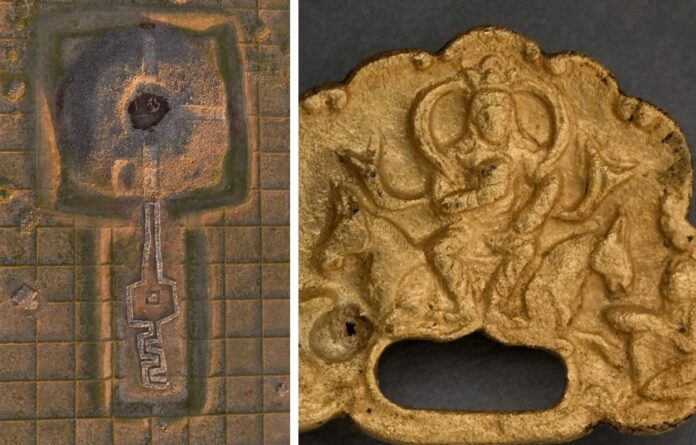
Situated in the Tarbagatay district of Kazakhstan’s Eastern region, the Eleke Sazy valley has unveiled over 300 kurgans dating from the 9th century B.C. to the 7th century A.D. Particularly significant is the finding of a memorial cult complex attributed to the Western Turkic Khaganate, which stands out as the first of its kind discovered beyond Mongolia.
Revealing Royal Artifacts: Personal Items of a Turkic Prince
During excavations in 2021, archaeologists discovered personal belongings linked to a Tegin—a Turkic prince who ruled the On-Ok province on behalf of the Turkish Khagan in Suyab. These artifacts provide invaluable insights into the lifestyle and traditions of the Göktürk elite.
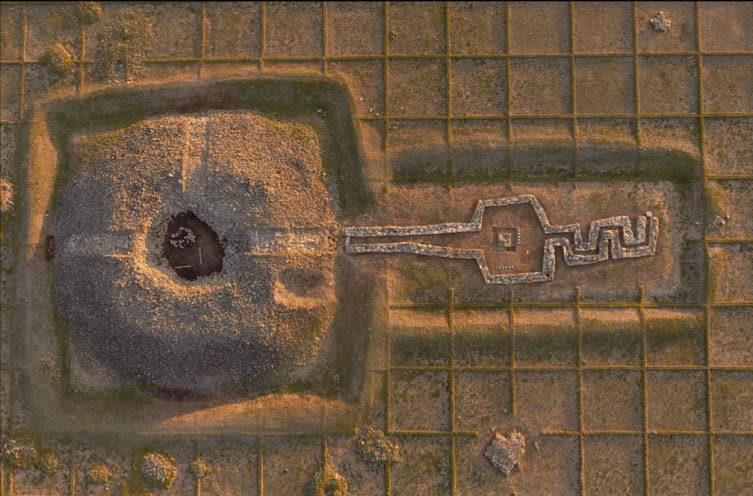
The Golden Belt Buckle: An Emblem of Authority
The centerpiece of these discoveries is undoubtedly the golden belt buckle showcasing a Göktürk Khagan. Lead archaeologist Professor Zainolla Samashev describes the buckle as depicting the Khagan seated on his throne, adorned with a crown and holding an oath goblet. This exquisite piece not only highlights exceptional craftsmanship but also offers a rare look into the visual representation of Turkic leadership.
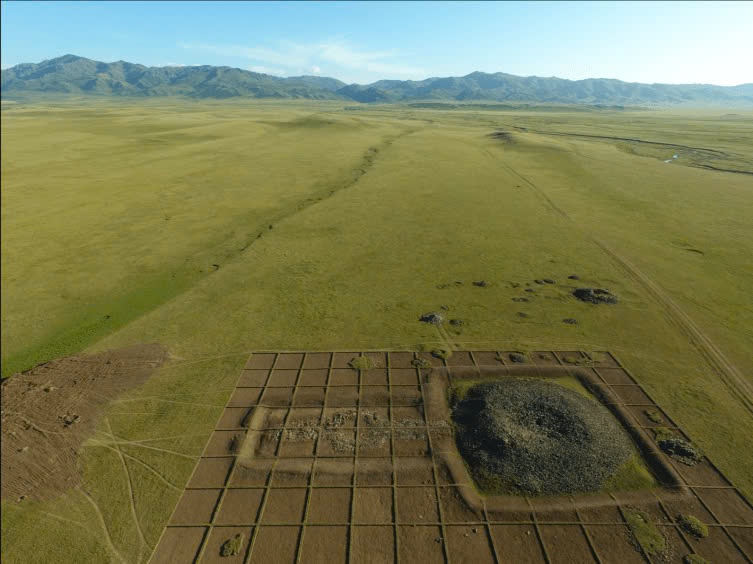
Interpreting Ancient Symbolism: Artistic Features and Cultural Importance
Dr. Serhan Çınar’s examination indicates that the portrayed Khagan appears to be between 30 and 35 years old, with long hair, depicted in a traditional cross-legged posture. Surrounding the throne are what are thought to be lotus flowers, a common symbol in Buddhist art, suggesting cultural influences present during that era.
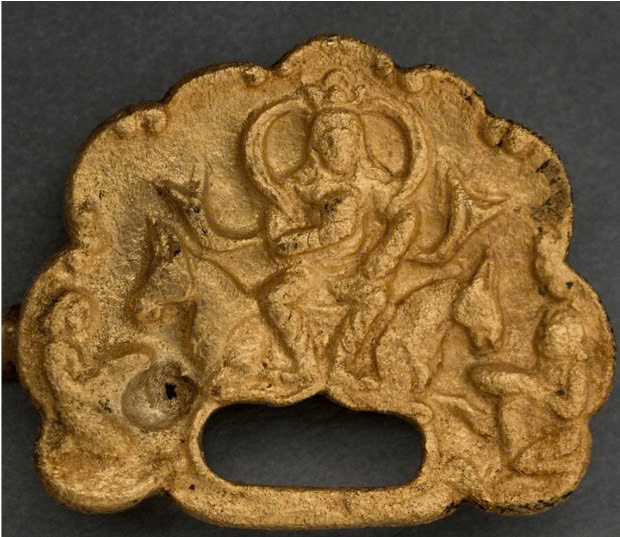
Dating and Ownership Speculations
Professor Samashev dates the belt buckle to the late 8th century, proposing that it might have belonged to one of the known Khagans from that time or possibly been a gift from a Tudun to the son of a ruler as a sign of authority.
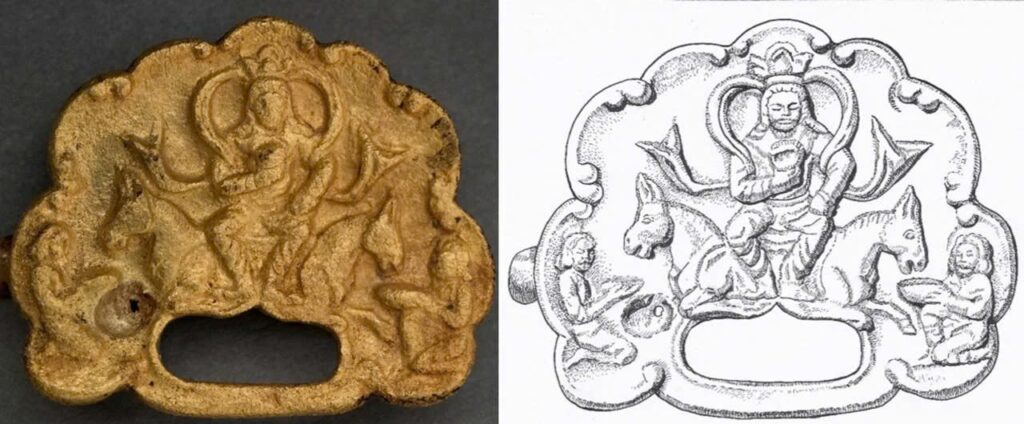
Preserving Heritage for Future Generations: The Eleke Sazy Complex
The excavations have unveiled intricate details regarding the architectural design of the memorial cult complex, which includes a temple, ceremonial pathway, and other structures. A granite statue of a cross-legged Gökturk Khagan or Yabgu, now displayed in the National Museum in Astana, further enhances our understanding of Turkic royal imagery.
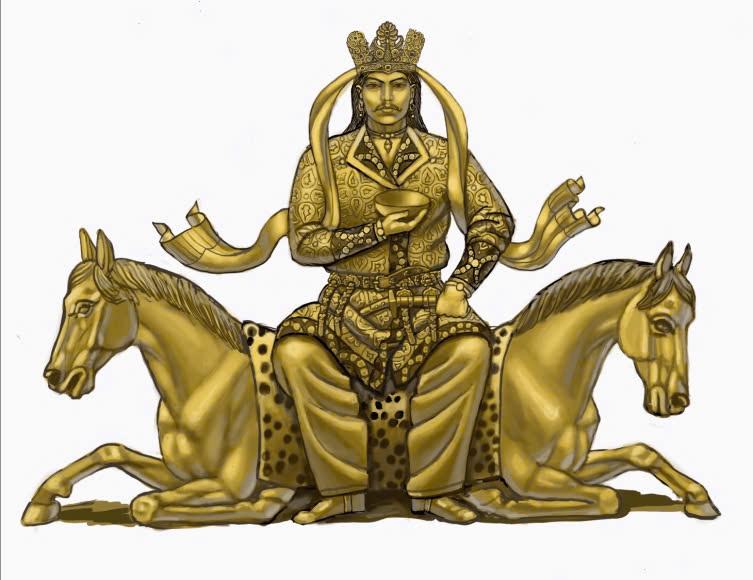
This extraordinary find not only offers concrete evidence of Göktürk governance but also enriches our knowledge of the art, culture, and political framework of ancient Turkic societies. As researchers delve deeper into these artifacts, we can anticipate uncovering even more intriguing aspects of this crucial period in Turkish history.

